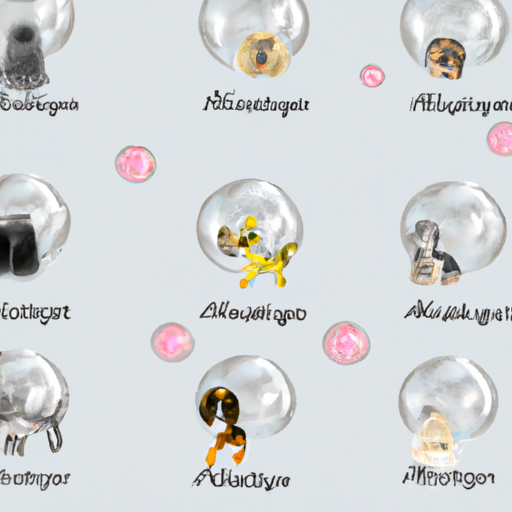As a caregiver, you’re always looking out for the best for your charges. Whether it’s a child with allergies or an elderly relative with a sensitive immune system, the last thing you want is to introduce a pet that could cause discomfort or illness. But did you know that there are actually numerous breeds of hypoallergenic dogs that could be the perfect addition to your home? Let’s explore this more.
H2: Understanding Hypoallergenic Dogs
Hypoallergenic dogs are breeds that are less likely to trigger allergic reactions. They produce fewer allergens than other dogs due to their skin, saliva, and urine. They also tend to shed less, which reduces the amount of dander (skin flakes) in the environment.
However, no dog breed is 100% hypoallergenic. The term ‘hypoallergenic’ simply means they are less likely to cause an allergic reaction.
H2: Popular Hypoallergenic Dog Breeds
There are numerous hypoallergenic dog breeds suited for those with allergies. Here are some popular ones:
- Poodles: Known for their intelligence and good nature, poodles come in three sizes (standard, miniature, and toy), and are considered hypoallergenic due to their curly, light-shedding coats.
- Shih Tzus: These small, friendly dogs have long, flowing coats that shed very little.
- Bichon Frises: Bichons have a thick, curly coat that is similar to poodles, and they are also low shedders.
- Portuguese Water Dogs: These medium-sized dogs have a dense, curly coat that sheds very little.
- Schnauzers: Schnauzers come in three sizes (giant, standard, and miniature) and are known for their distinctive beards and eyebrows. They have a double coat that is wiry on top and soft underneath, which sheds minimally.
H2: Caring for Hypoallergenic Dogs
Hypoallergenic dogs require specific care to maintain their low-allergen status:
- Regular bathing: This helps to remove any allergens that may be present on the skin or coat.
- Regular grooming: This keeps the coat healthy and minimizes shedding.
- A healthy diet: Certain foods can help strengthen the skin’s barrier and reduce the production of allergens.
H2: Making Your Home Hypoallergenic
Even with a hypoallergenic dog, there are additional steps you can take to minimize allergens in your home:
- Invest in an air purifier.
- Vacuum regularly.
- Wash bedding frequently.
- Avoid wall-to-wall carpeting if possible, as it can trap allergens.
H2: Frequently Asked Questions
Q: Are hypoallergenic dogs completely allergen-free?
A: No, but they produce fewer allergens than other breeds.
Q: Can I develop an allergy to my hypoallergenic dog?
A: It’s possible, but less likely than with non-hypoallergenic breeds.
Q: How often should I groom my hypoallergenic dog?
A: It depends on the breed, but generally, a weekly grooming is beneficial.
Q: What factors contribute to a dog’s hypoallergenic status?
A: Factors like the type of coat, amount of shedding, and production of allergens in the dog’s skin, saliva, and urine.
Q: Can hypoallergenic dogs still trigger my allergies?
A: Yes, it’s possible, especially if you are highly sensitive. Always spend time with a breed before bringing it home.
Remember, everyone’s allergies are unique, and what works for one person may not work for another. Always consider your specific situation and consult with a medical professional if needed.



